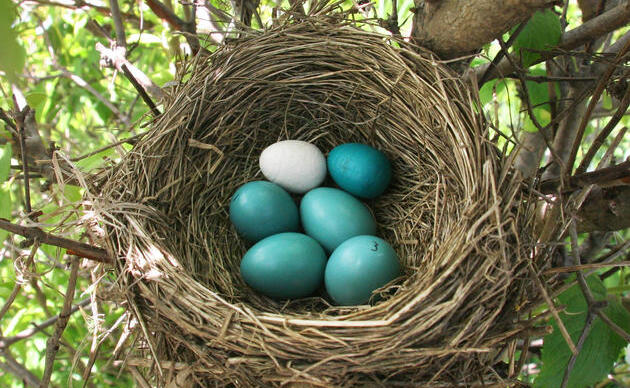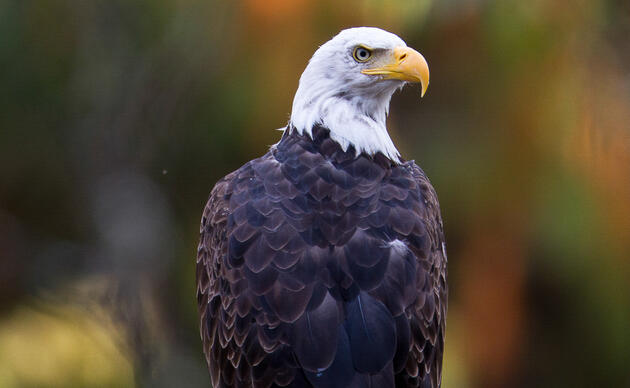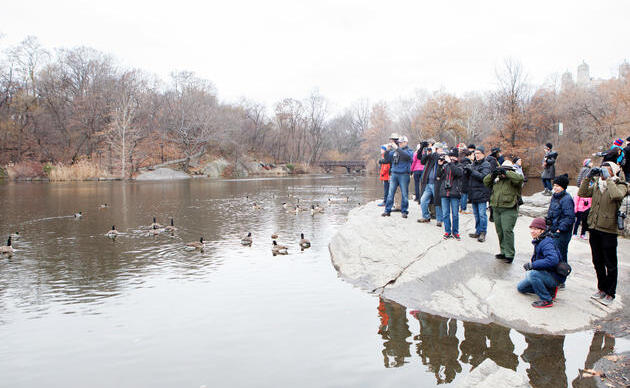
MINNEAPOLIS (November 6, 2019) – Earlier today, the scientific journal PLOS ONE published a two-year study that was led by Dr. Scott Loss of Oklahoma State University to assess bird collisions at U.S. Bank Stadium in Minneapolis. During the study period, scientists from Oklahoma State University, the University of Minnesota and Audubon Minnesota monitored the stadium daily during two spring and fall migrations for signs of collisions and compared the results with samples being taken simultaneously at other downtown Minneapolis buildings.
The study was a first of its kind in documenting bird collision rates at any stadium. Among its findings, the study showed that bird collisions increase in association with several risk factors, including the amount of glass covering buildings, nighttime lighting emitted from buildings, and the amount of vegetation and greenspace nearby.
Upon the completion of the study, members of the study team and Audubon Minnesota shared the results with leaders from the Minnesota Sports Facilities Authority (MSFA) and the Minnesota Vikings. The scientific study will be distributed to the MSFA Board next week. We understand it will take time for stadium representatives to adequately evaluate options based on the study’s recommendations and we are hopeful that they will use the study findings to begin taking steps to reduce bird collisions where possible. We believe the study serves as an important tool for stadium leaders to address specific areas of the building and surrounding grounds where collision mitigation solutions can be most beneficial.
We are very appreciative of the great work that scientists from Oklahoma State University, the University of Minnesota, and Audubon Minnesota have done to study this issue and provide recommendations for reducing bird collisions. And we are also very appreciative of the support that MSFA and the Minnesota Vikings have given in funding this study, and their interest in using its findings to make U.S. Bank Stadium more bird friendly.
The published study can be found here: https://journals.plos.org/plosone/article?id=10.1371/journal.pone.0224164
###
The National Audubon Society protects birds and the places they need, today and tomorrow. Audubon works throughout the Americas using science, advocacy, education, and on-the-ground conservation. State programs, nature centers, chapters, and partners give Audubon an unparalleled wingspan that reaches millions of people each year to inform, inspire, and unite diverse communities in conservation action. A nonprofit conservation organization since 1905, Audubon believes in a world in which people and wildlife thrive. Learn more at audubon.org and on Facebook, Twitter and Instagram @audubonsociety.
Audubon Minnesota, a state office of the National Audubon Society, conserves and restores natural ecosystems in Minnesota, focusing on birds, other wildlife, and their habitats for the benefit of humanity and the earth’s biological diversity. Learn more at mn.audubon.org.



